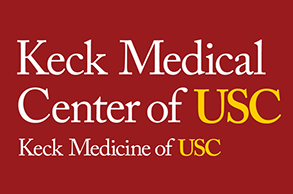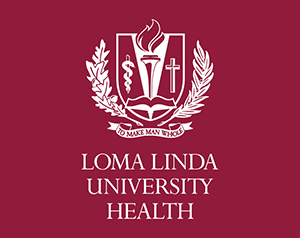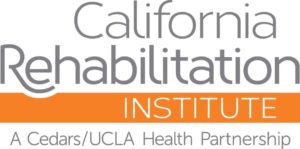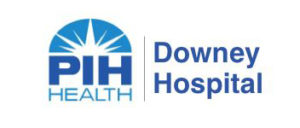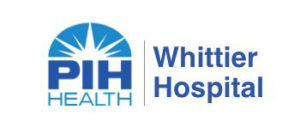Nursing Book Club
Lightning Flowers: My Journey to Uncover the Cost of Saving a Life by Katherine E. Standefer
The ethical toll of high-tech medicine
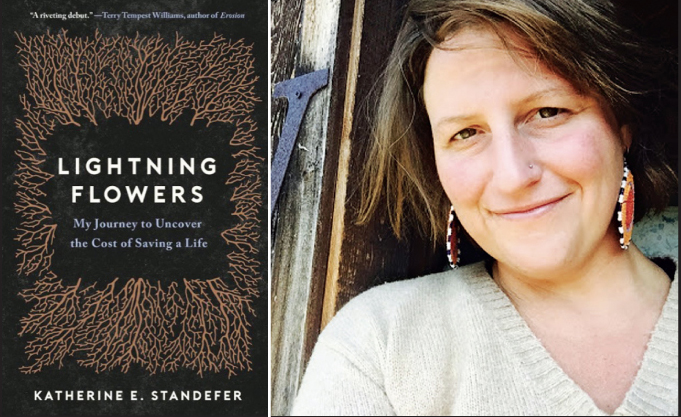
Lightning flowers are the tendrils of pink skin tissue left behind when an individual is struck by lightning. Once author Katherine Standefer heard this term, she wondered if she might have invisible internal burns due to the random 2,000-volt firings of her implanted cardioverter defibrillator (ICD).
These are the kinds of questions Standefer confronts in her recent book, which examines what her ICD means to her and what medical devices like it means to all of us. “Some people say lightning cures blindness,” she declares. “This is my version.”
Genetic Mutation
Lightning Flowers is two stories wound together. The first began in 2007, after the author’s sister suffered a sudden cardiac arrest. This heart attack turned out to be the result of congenital long Q-T syndrome (LQTS), a dangerous cardiac arrythmia that is triggered by being stressed or startled.
Standefer soon learned that she too shares the genetic mutation that causes LQTS, although she hadn’t yet suffered any problems.
A member of the gig economy without health insurance (and later cycling in and out of jobs with varying degrees of employer-provided coverage), Standefer suddenly found herself facing a lifetime of doctor’s appointments and hospital visits to manage a life-threatening condition.



